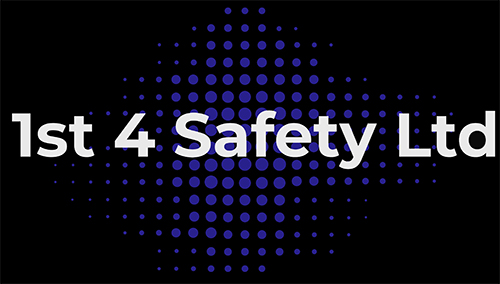Who should attend?
The learner must have completed a verified (through certification) asbestos awareness course within the last 12 months with a suitably recognised training provider. The asbestos awareness course can be attended immediately prior to the non-licensed work with asbestos training. Prior to each non-licensed work with asbestos training course; training needs analysis must be undertaken to ensure that the course (included equipment & method and task sheets) is relevant to delegates requirements.
Course Aims & Objectives
The purpose of this course is to give delegates an awareness of Asbestos and to show where this can be found.
By the end of the course delegates will:
- Understand the Health & Safety Regulations
- Understand why asbestos containing materials can be harmful and the need to treat them as a hazardous substance
- Be able to demonstrate their knowledge of asbestos applications
- Be able to demonstrate a knowledge of the task sheets associated with asbestos
- Understand the measures needed to eliminate or reduce the risks from asbestos
Course Outline
This course provides the necessary knowledge, understanding and skills to persons who will knowingly disturb asbestos containing materials during the course of their work activities, including building maintenance workers and supervisory personnel, and building maintenance managers.
Successful completion of the course will allow candidates to undertake asbestos non licensed works in accordance with the Control of Asbestos regulations 2012 and all associated Codes of practice Training is in accordance with Regulation 10 of Work with materials containing asbestos, Control of Asbestos Regulations 2012, Approved Code of Practice and guidance (L143) and Equipment and Methods Sheet EM2 of Asbestos essentials: A task manual for building, maintenance and allied trades on non-licensed asbestos work (Second edition) (HSG210).
Practical
The term practical in this context means hands-on training where delegates practice going through procedures, usually in a simulated environment.
For example:
- carrying out decontamination procedures as detailed in EM8
- trying out RPE to ensure a good face-fit and knowing how to carry out maintenance checks;
- use of wetting techniques and H-type Vacuums;
- construction of a mini enclosure (optional);
- bagging of waste.
Certification
A questionnaire will be completed by each learner at the end of the course, with 80% being the pass mark. On successful completion, delegates will be issued with a IATP Certificate.
Those who pay a CITB Levy are able to claim part of the course back through the CITB.
Duration
1/2 Day
Location
We can offer courses on company premises for a maximum of 10 delegates.
